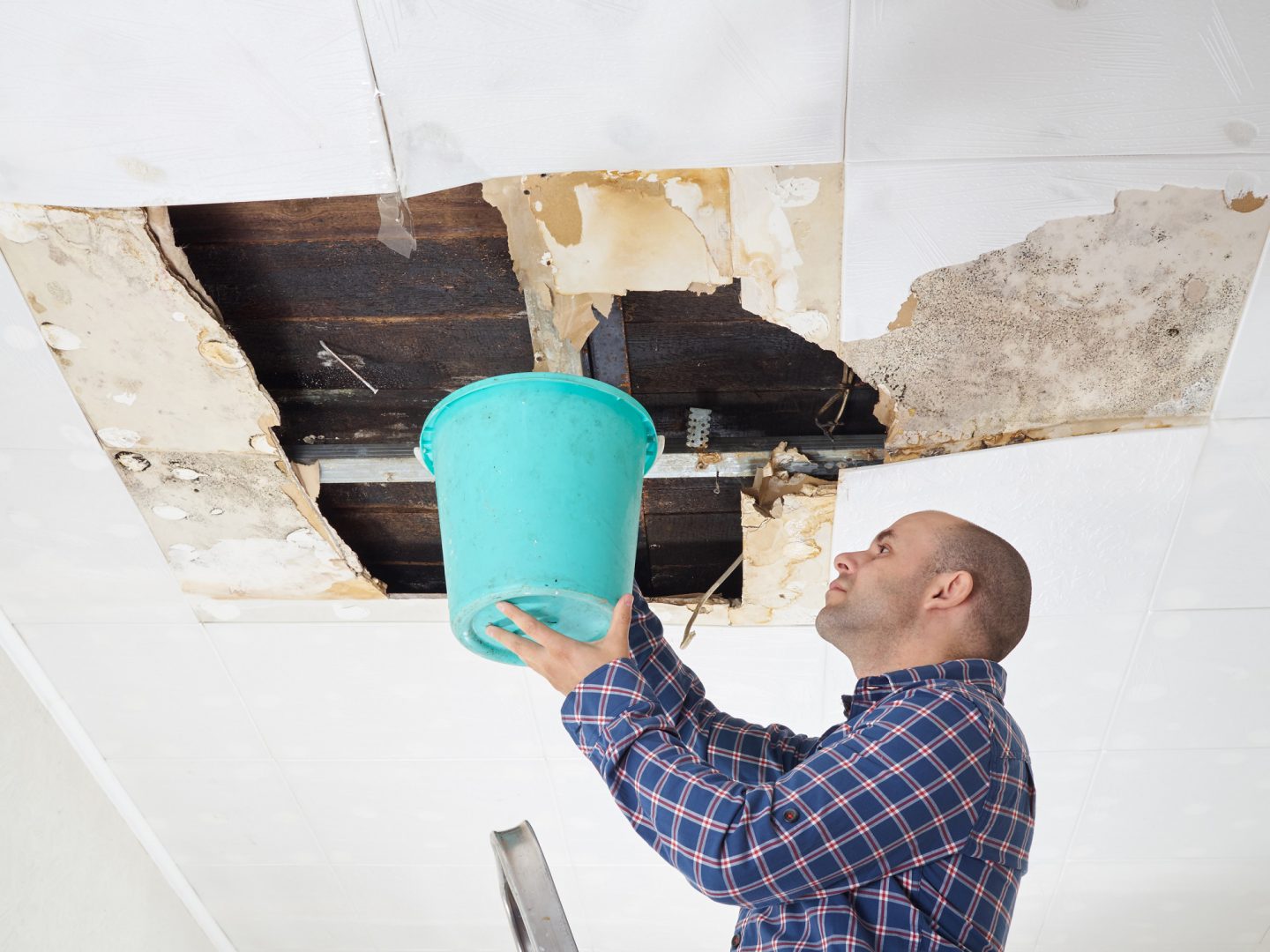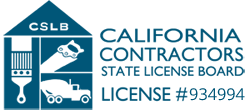
Water damage can strike a home unexpectedly, potentially causing significant damage to your property’s structure, electrical systems, and belongings. Whether it’s from heavy rainfall, plumbing leaks, or appliance malfunctions, water damage can leave homeowners feeling overwhelmed and uncertain about the next steps. Fortunately, with the help of a professional water damage restoration service, you can navigate the restoration process and restore your home to its original state. In this comprehensive guide, we will provide essential information on water damage restoration, outlining what to expect, the key steps involved, and critical factors to consider when choosing the right service provider.
We will discuss the different sources and signs of water damage, as well as the importance of prompt resolution to mitigate further harm. Moreover, we will delve into the various stages of water damage restoration, including inspection and assessment, water removal, drying and dehumidification, cleaning and sanitizing, and restoration and repairs. Furthermore, this guide will emphasize the benefits of selecting an experienced, certified restoration service to manage your water damage restoration project, detailing the qualities and credentials to look for in a service provider.
By equipping yourself with the knowledge and resources necessary for effective water damage restoration, you can approach the challenge with confidence and ensure the prompt and efficient recovery of your home. In the following sections, we will provide practical advice and support as you navigate the water damage restoration journey, helping you to return your home to a safe and comfortable living space for you and your family.
A Homeowner’s Guide to Water Damage Restoration: What to Expect and How to Choose the Right Service Provider
Identifying the Sources and Signs of Water Damage
Recognizing the signs of water damage is crucial for prompt resolution and minimizing the impact on your property. Key sources and indicators of water damage include:
- Plumbing Issues: Leaks from pipes, faucets, or appliances, or malfunctioning water heaters can lead to water damage in your home.
- Weather Events: Heavy rain, snowmelt, or flooding can result in water intrusion and subsequent damage.
- Visible Signs: Look for water stains, peeling paint, bubbling wallpaper, or warping in walls, ceilings, and flooring as potential indicators of water damage.
- Odors: A musty smell can signal hidden water damage or mold growth in your home.
Stages of Water Damage Restoration
The water damage restoration process encompasses several key steps, designed to efficiently guide your home from the initial damage assessment to complete recovery:
- Inspection and Assessment: Professional restoration technicians will inspect your property and determine the extent of the damage, as well as devise an appropriate restoration plan.
- Water Removal: Using specialized equipment such as pumps and vacuums, the technicians will extract standing water from your home.
- Drying and Dehumidification: By employing industrial-grade air movers and dehumidifiers, the restoration team will effectively dry and dehumidify your home to eliminate residual moisture.
- Cleaning and Sanitizing: To ensure a clean and safe environment, the restoration process will include the thorough cleaning and sanitizing of affected areas and belongings.
- Restoration and Repairs: Depending on the extent of damage, this final stage may involve repairs or reconstruction to restore your home to its pre-damage state.
Benefits of Partnering with a Professional Water Damage Restoration Service
Choosing a professional water damage restoration service provides various advantages that can significantly enhance the efficiency and effectiveness of your restoration project:
- Experience: Reputable restoration companies have the knowledge and experience to manage a wide range of water damage scenarios, resulting in a more efficient recovery process.
- Advanced Equipment: Professional restoration services utilize state-of-the-art equipment and techniques to promptly and thoroughly resolve water damage issues in your home.
- Health and Safety: An experienced restoration provider will prioritize the health and safety of your home’s occupants, adhering to industry guidelines and best practices.
Selecting the Right Water Damage Restoration Service Provider
Choosing a qualified, trustworthy water damage restoration provider is essential for ensuring the successful recovery of your home. Consider the following factors when selecting a service provider:
- Certification and Training: Seek restoration companies with proper certifications, such as the Institute of Inspection, Cleaning, and Restoration Certification (IICRC). Confirm that their technicians have undergone the requisite training in water damage restoration.
- Experience with Similar Projects: Opt for companies with a proven track record in handling water damage restoration projects similar to yours, including residential properties and specific damage scenarios.
- Response Time and Accessibility: Choose a restoration provider that offers rapid response and 24/7 availability, as prompt action is essential for minimizing extensive water damage and potential mold growth.
- Insurance Assistance: Restoration companies experienced in working with insurance providers can help streamline and simplify the claims process, reducing your stress during the restoration phase.
Implementing Preventive Measures and Being Prepared
Along with understanding the restoration process, implementing preventive measures and being prepared can minimize the risk of severe water damage in the future:
- Inspect Regularly: Regularly check your home for signs of water damage, paying special attention to high-risk areas such as bathrooms, kitchens, and basements.
- Maintain Plumbing Systems: Schedule routine maintenance for your plumbing systems, appliances, and gutters to ensure they are in good working condition.
- Install Water Detection Devices: Consider installing water alarms or sensors that can detect leaks or moisture and alert you to potential water damage issues.
Conclusion: Water Damage Restoration Confidence and Recovery
In conclusion, understanding the key steps and elements of water damage restoration, as well as the benefits of partnering with a professional service, can empower homeowners to efficiently navigate the restoration process and achieve the best possible result after water damage. By recognizing the signs of water damage early, choosing the right restoration provider, and implementing preventive measures, you can significantly reduce the impact of water damage on your home—and be prepared to address any potential water-related problems in the future.
Armed with this knowledge, homeowners can approach water damage restoration with determination and a renewed sense of empowerment, returning their home to a safe and comfortable space for their family. With the right guidance and help from a fire and water damage restoration company like Restoration Masters, the challenges of water damage can be met and overcome—safeguarding your home from unforeseen water damage threats.





